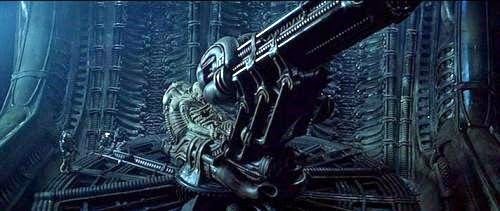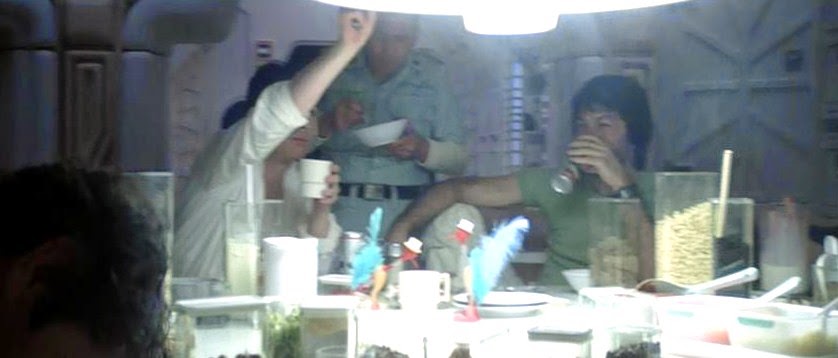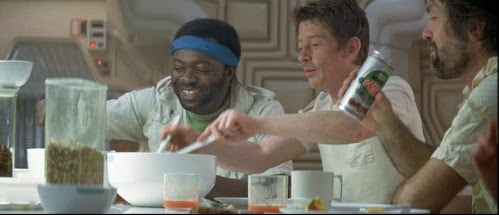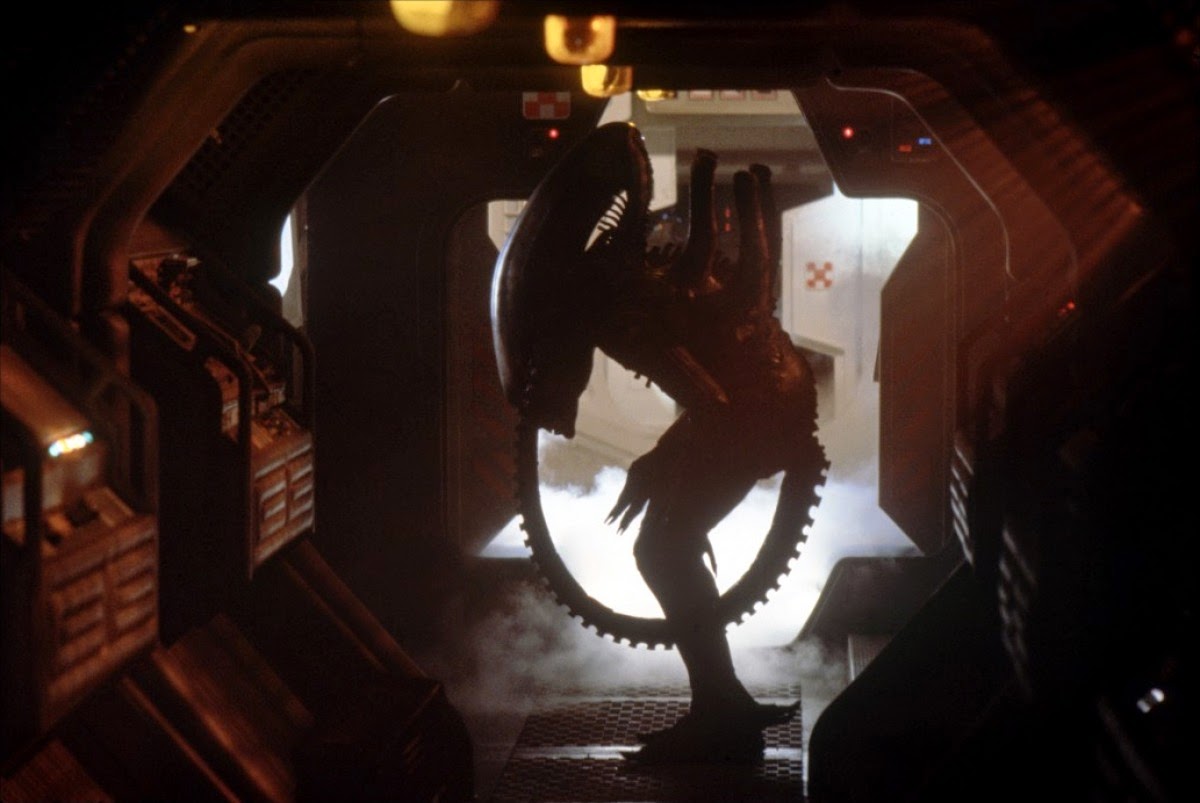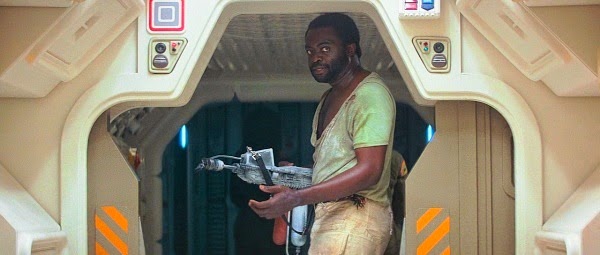If you are a regular reader of the blog, you know that in February and March I shared pages here from "The White Book," my father's personal journal of his last days, during his battle with stage IV metastatic cancer.
I am sorry to report that my father has passed away. Ken Muir (1943-2024) was a bit over 80 years old when he died yesterday.
I am so glad that many of you knew my father, and many more of you got to know him through his remarkable journal.
However, this is not an obituary, but rather, a retelling of a part of his story.
Many long-time friends from my hometown, Glen Ridge may remember Ken as an American History teacher at Verona High School, then, Mountain Lakes High School in New Jersey, and then as the vice principal at the latter school throughout the 1980’s.
In the 1990's, he taught at Garinger here in Charlotte, North Carolina. There, he was a Time-Warner Star Teacher.
One funny note on my dad as vice-principal: Ken was a cool vice principal.
For years, he donned leather pants and a leather jacket while commuting to work on his motorcycle, a Suzuki 750 cc, which he only half-jokingly referred to as "a demon."
Believe me, you didn’t want to report to that guy’s office for disciplinary action if you misbehaved...
One day, in the 2000’s, my Dad gifted me those legendary leather pants, and I still have them. I even wore them at Halloween last year at Monsterama Con.
The torch has been passed. But I'll never be as cool as my dad was.
Again, this isn't an obituary.
My Dad's story is worth re-telling, because, frankly, he is something of a miracle. I will try, to the best of my ability, to explain. You see, the shadow of cancer hung over his life for nearly twenty years, and it never stopped him from living a great life, or from being there for his family. It never stopped him from being a great dad, or a great husband, or an amazing grandfather.
Ken Muir’s nearly two-decade long war with cancer began most unexpectedly, in December of 2005.
One evening, after dinner, he felt intense abdominal pain, and my mom took him to the emergency room to be checked out. I still remember receiving the telephone call. I was living in Monroe with my pregnant wife, Kathryn. We had ordered take-out and were playing Buffy the Vampire Slayer: Chaos Bleeds on the Nintendo Game Cube when we picked up the phone.
I had never heard my mother sound so frightened before. The news was bad. The doctors had found a large, black spot on my Dad’s pancreas. After a few anxiety-provoking and hectic weeks of biopsies and tests, which my dad endured with his characteristic good temperament, the grave news was confirmed. He had pancreatic cancer. His prognosis was six months to live. At best. Again, this was 2005.
It seemed, in those dark days, my father would not even live to see my son, Joel, born. We were all utterly devastated.
Wrecked.
I remember so well those frantic, desperate days around the holidays of 2005. We all researched, non-stop, experimental treatments – anything – that might prolong my dad’s life. It seemed for a while that we were destined to lose him before he reached his next birthday. He was in his early sixties.
But the pancreatic cancer diagnosis was not an obituary, either.
We soon found that there was risky option for treatment. It was a radical and dangerous surgery called a Whipple that could cut the cancerous portions of the pancreas out. But the procedure required a complete re-wiring of my Dad's digestive system. Some doctors advised him not to have the surgery, because the chances of surviving it were not good.
There were few surgeons available, even, who had the training and knowledge to perform a Whipple.
One ghoulish doctor contacted my Dad out of the blue by phone, and really wanted to do it, so he could "learn" on my father how to do the surgery.
So, surgery or no surgery?
My leather-wearing, motorcycle-riding Dad made the call.
He said it was better to try, than to do nothing. He chose the fight. He must have been afraid, but he didn't show fear. In my family, we all clung closer to each other than ever.
At surgery, almost instantly, his surgeon started to lower expectations for a positive outcome. It was possible he would open my dad up, see there was nothing to do, close him back up, and send us all home.
A roll of the dice...
I’ll never forget sitting in the waiting room at Johns Hopkins’ in Baltimore with Kathryn and my mom, for what seemed like an eternity as my father underwent that grueling, eight-hour-long Whipple procedure. I sat there proofreading Horror Films of the 1980’s, my gut clenched non-stop in anxiety. Kathryn had it worse than me, truth-be-told. She was expecting, and let's just say that the waiting room chair wasn't doing wonders for her back.
Finally, the surgeon called us in at the end of the operation. He had a story to share with us, not an obituary.
He told us the surgery was successful. I’ll never forget his exact phraseology. The surgeon said that the tumor on my dad's pancreas had “slid out like butter” under the scalpel's blade.
Words you want to hear!
And though my Dad’s stomach did not re-start for a few days (which was terrifying…), he soon came home, to North Carolina, and began the long process of recovering from the Whipple. My mom was at his side the whole time, helping him every day back to health. This is my mom in a nutshell. My dad is strong, and but she is an absolute titan.
Soon enough, Ken Muir was healthy again, and he was there at the hospital -- smiling and happy -- to meet my boy, Joel, just twenty or so minutes after my son was born, in October of 2006.
It was the beginning of a beautiful friendship, those two. Ken became known, forever after to Joel, as “Pa.”
Where once we had fear and sadness, suddenly, our family life was full of hope and wonder again.
When Joel was a baby, he had difficulty with reflux and couldn’t sleep, and Pa – my Dad – was the only one who could regularly get him to fall sleep. He would pat Joel's back, walk him around, and sing "She'll Be Coming Around the Mountain..."-- for hours.
Joel’s favorite thing as a baby was, actually, to be carried around in my father's strong arms, through his garage workshop. There, Joel could see all of my Dad’s tools in action. Drills, saws, canisters of nails, hammers, you name it. Joel and Pa bonded instantly over their love of tools (and oddly, clocks). Joel’s first word, while being carried about in my dad’s arms, was “tick tock," as my Dad showed him the mechanical workings of a cuckoo clock hanging in my parents' kitchen.
So, from 2006 to 2016, Ken was healthy, vigorous, strong and able to devote his retirement to the people, the relationships, and the things that he loved most. He suddenly had a new lease on life. To read. To work in his backyard, in the Great Outdoors. And, of course, to bowl with my mom. He loved to bowl.
Then in 2016 came the SECOND dark cloud. This one hurt more than the first.
A routine exam showed that my dad’s PSA was unusually high. Further tests revealed that he had prostate cancer, and not just any prostate cancer, either: aggressive prostate cancer. He had a Gleason Score of 9, which is about as bad as it gets.
Very quickly, my Dad had surgery, but the bad news didn’t stop coming.
The surgery had come too late.
Cancer was detected in his lymph nodes, and my father’s diagnosis was officially Stage 4 Metastatic Prostate Cancer.
But you know my refrain. This isn't an obituary.
And, I've got to tell you, the diagnosis of a second life-threatening cancer was not treated as such by my father.
For the last eight years, since March 2016, my father fought this particular demon with strength, good humor, and resilience. His doctors have been nothing short of amazing. They have never stopped looking for ways to trick the cancer. My mom was at his side every minute. And I mean every, single minute, right until yesterday morning.
Now let me tell you something about the villain of this tale. About this cancer…it adapts like the Borg do.
A treatment would work for a while, and then fail, and the cancer would grow again. My dad often likened fighting it to “whack-a-mole.”
My dad underwent radiation treatment, chemotherapy, infusion, more radiation, and on and on.
And he lived well, surrounded by love, and the things he loved doing. He made it to eighty+.
The war has finally ended and, of course, it could only end one way. In the way all battles with cancer end.
But I am so grateful to report that in the last 8 years, my dad gave that fucking cancer a run for its money.
Ken survived the COVID pandemic with us, even with that cancer.
We went on family trips together in 2017 - to Washington D.C., in 2018 to Universal to Orlando, and in 2019 to Colonial Williamsburg. We had summer trips to the beach every June for eight years as a family.
Ultimately, Ken saw all three of his granddaughters graduate from high school and he lived to see Joel get just about through his junior year in high school (while also working on his Associates in Art degree), and get inducted into the National Honor Society.
Cancer didn’t win, I insist, because I didn’t lose my dad when I was 37 years old, when Joel wasn’t even here yet to meet my father.
My dad foiled cancer’s evil plan for him, and lived to know Joel, and to spend eight more years with his wife, his children and grandchildren.
And my dad told me not long ago, when all lines of treatment had been exhausted, that the ending of story didn't need to be an obituary.
He took me aside one day in March and told me that he was okay. He told me not to worry. Or to feel sad. Or to lose sleep.
He said, “John, this is how it is supposed to be. It’s the cycle of life.”
Even with cancer as a constant in his life all this time, my Dad lived happily and fully to his 80th year, my 54th year on this earth.
I think about what my Dad would want me to write today, in his absence, specifically. Because the totality of Ken Muir is so much more than the cancer that he tricked for so long, but which in the end, still took him too soon.
Ken Muir was a humble, sweet, gentle, erudite person, and I think he wouldn’t want me to go on about him too much. (But I have, of course...I'm a writer.)
So I will say this of my beloved father: he was a man who loved learning, and devoted much of his life to educating the next generation (which is a lesson, I hope, I learned from him).
Ken Muir was a man of great curiosity and intellect.
He was a man who studied history, and was fascinated in particular by World War II. He was born during that conflict and it defined so much of his studies and interests.
He loved to garden and take care of the grounds on his property.
He loved a good game. Family game nights with him were so much fun.
He loved his Barracuda! Classic American "muscle" he called it.
Most of all, Ken loved being with his beloved wife of 56+ years. They were a team for the ages.
I knew this day was coming. I have dreaded this dawn for so long, and now it has finally arrived.
Cicero said that “the life of the dead is placed in the memory of the living,” and so I ask you all to join me in remembering Ken Muir, today, through his story, through his fight, and through his victories. Not his obituary.
Thank you for reading about my dad, and his journey these last few months.








